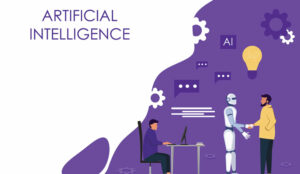Miguel Caetano of Talkdesk discusses flattening the curve for contact centres in a time of crisis.
2020 began with the disturbing news that has touched many lives around the globe. Since January 2020, the coronavirus (COVID-19) has spread all over the world and affected many families as well as several segments and businesses.
To slow the spread and help healthcare providers, public health specialists have recommended social distancing and self-isolation.
As a response to this call, schools have closed, universities and colleges have moved to online education, major events, conferences and shows have been cancelled, major league sports have paused and restaurants and shops have also started to limit operations.
This phenomenon is referred to as flattening the curve, designed to reduce the spread of the virus, slow the progress, and lower its maximum reach and impact on public health. This improves the healthcare system’s capacity to handle patients.
Flattening the Curve for Contact Centres
When a crisis happens, contact centres must deal with several issues, such as employee anxiety and stress, an increase in the number of calls, issues with productivity and employee distraction. The challenge is to address these pain points when customers need them the most: in a time of crisis.
They need to cope with the situation and take proper action while complying with the health service’s guidelines in order to flatten the curve.
When a contact centre cannot handle calls, chats and interactions, the Abandonment Rate goes up. Customers may face longer Average Speed of Answer times (ASA) and many of them will simply give up. When a contact centre acts properly, the maximum number of total interactions is below the maximum capacity of the contact centre.
When a contact centre handles all interactions properly, it can address urgent issues and address many customer inquiries without expending live-agent resources by identifying non-urgent matters that can be temporarily set aside.

Miguel Caetano
A contact centre that maintains workload below installed capacity protects its workforce from harmful levels of anxiety and stress, prevents spikes in Abandonment Rate and ASA, and delivers an optimum customer experience (CX).
To achieve this objective, contact centres can reduce pressure on agents by utilizing artificial intelligence (AI) to handle common customer issues, distributing interactions over time and extending capacity.
For these axes of action, a solid contact centre infrastructure that leverages AI capabilities is a great advantage.
This blog post has been re-published by kind permission of Talkdesk – View the Original Article
For more information about Talkdesk - visit the Talkdesk Website
Call Centre Helper is not responsible for the content of these guest blog posts. The opinions expressed in this article are those of the author, and do not necessarily reflect those of Call Centre Helper.
Author: Talkdesk
Published On: 9th Apr 2020 - Last modified: 14th Apr 2020
Read more about - Guest Blogs, Coronavirus, Talkdesk






 Talkdesk is a global customer experience leader for customer-obsessed companies. Our contact center solution provides a better way for businesses and customers to engage with one another.
Talkdesk is a global customer experience leader for customer-obsessed companies. Our contact center solution provides a better way for businesses and customers to engage with one another. 












